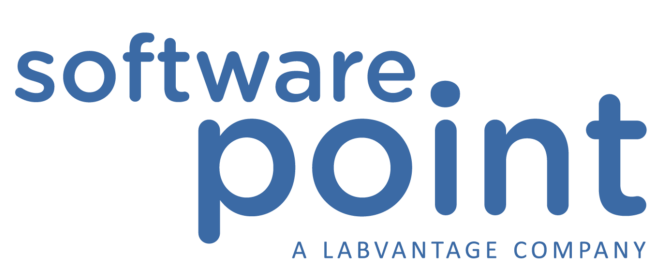30. Mar 2016 | Tags: ISO 17025:2005, LIMS

Guest posting – published with the permission of Siri H. Segalstad.
WHAT IS ISO 17025:2005? – Part 2 of 3
LIMS is the ultimate tool for the laboratory. All the technical requirements in ISO 17025 for lab work can be implemented in LIMS. If so, all information is there at the fingertips of the users when they need it, and not in various logbooks located somewhere in the lab. Here are a few examples, but then list is not complete. The list was started in part one, which you can read here.
Analytical methods must be validated.
How LIMS can help: All these validation data can be entered and stored in LIMS. A typical way is to create a separate “validation of the method” method and enter the data there. The information about what has been done during validation, is stored with that method. It will be easy to seen the validation data, and that will prove a better quality when the method is used later.
The daily use of analytical methods requires control of all metadata (for standards, blanks, control samples, instruments, etc.) surrounding the unknown sample. These data are necessary to recreate what has been going on during the analysis.
How LIMS can help: The metadata is stored with the sample. If, once later, someone finds that e.g. a standard or the instrument is not what it is supposed to be, it is easy to find where this has been used.
Traceability to national standards shall be under control. This may be through several links of other accredited labs for e.g. calibration.
How LIMS can help: This information with e.g. the test methods and their results can also be entered into LIMS.
Inter-laboratory comparison and Proficiency testing shall be done regularly. An unknown sample is sent to several labs, who will analyze this. A bad result compared to other labs, may require a new study to make the method better.
How LIMS can help: Of course, the data for this can be entered into LIMS and be kept there.
Confidentiality is an important issue in ISO 17025. The contract lab shall keep information about customers and the work done for them confidential. It also means that the lab shall be kept in order so that customers don’t accidentally see work done for other customers if they visit.
How LIMS can help: It is possible to give customers a limited access to our LIMS so that they can see the work done for them, but not for other customers. They may be able to log a new sample with the information needed for the sample, and they may be able to see results that have been approved. They should not be given access to unapproved data, as these may need to be reworked before the result is final. LIMS can of course not help keeping the lab in confidential order, but a procedure for good housekeeping can help that.
There are two large pieces of work to do before we can trust the LIMS to give the right results for us. Stay tuned – in part three we will discuss those!
Writer

Siri H. Segalstad, Segalstad Consulting AS

